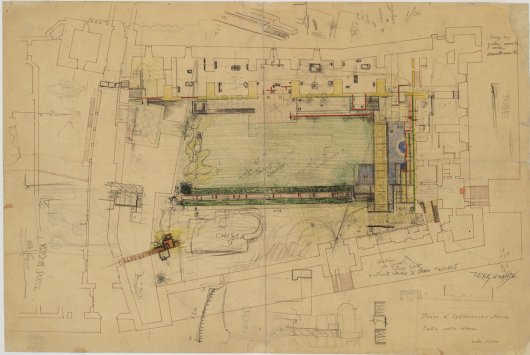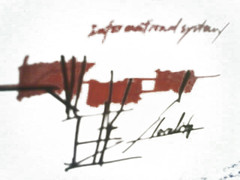Brief, I borrowed Bo Gronlund's urban notes on Richard Sennett:(from Bo Grönlund, new urban theory, http://hjem.get2net.dk/gronlund/3_314_Eng_v3_march2002.htm
A controversial urbanist: An American Jew living in Greenwich Village, New York and in London, politically on the left, but not participating in party politics (in the way Lefebvre did for many years). Sennett wants to improve democracy and human equality through the exposure of strangeness, through the exposure of difference. He says he has good advice for architects and planners. He lectured at the School of Architecture in Copenhagen in 1994, where it became clear that his urban texts at least in some ways are based on a personal interpretation and development of Lefebvre - although he does not say so in his books. At the lecture he mentioned Lefebvre 10 times. Foucault and lately Levinas also play an important role in his perspective on the city. Sennett is both easy and difficult to read. Part of the difficulty is that his thoughts about the city does not accumulate to a larger and systematic whole, but have to be extracted through careful reading across his texts.
Sennett's interest in the urban has most of all to do with ethics: In the article 'The Civitas of Seeing', 1989, he says: "A city isn't just a place to live, to shop, to go out and have kids play. It's a place that implicates how one derives one's ethics, how one develops a sense of justice, how one learns to talk with and learn from people who are unlike oneself, which is how a human being becomes human." The most important thing in the city is talk, and the most important place is the city centre, especially its streets.)
City is a stage.Before mass/rapid/instant/communication, citizens talk within particular place(residence, store, park...etc.) just like Jane Jacobs' vivid illustration of 60s' American city, where community is physically and verbally communicating.
After Globalization, an information driven human intentionality, in order to success in political and economical competition, participators needs information resources, data processors, and mobility.
Here raised some issues upon my project, about locality:
1. The Roof Extensionism is a device providing local connectivity. It's an attempt using the urban theoretical process from Raoul Bunschoten's concept(erasure, origination, transformation, and immigration,) and architectural language (e.g. Carlo Scarpa's Museo di Castelvecchio and Peter Eiseman's courtyard extension: red structures by Eiseman visually connect the interior to the physicalized context elements in the courtyard.)
 2. Knot of community is carefully erased from existing building and explores the urban fabric and its spacial possibility to citizens.
2. Knot of community is carefully erased from existing building and explores the urban fabric and its spacial possibility to citizens.3. The extension structure/platform also allows vitalization/ commercialization/ activation of the roof for further mixture usages (e.g, young generations are able to create their own business on the rooftop. )
4. Public spaces is essential to re-connected the urban fragile identities of the citizens: For the elders, shading areas and courtyards (knots)
provide and comfortable urban place. For the
children, an opened urban adventure is setting. Again, urban is a place for learning by talking or walking.
 Issues about information, diversity, and global-connectivity:
Issues about information, diversity, and global-connectivity:1. The platform provides information access (WiFi, electric power charging system,) for the young generation, mobile educational group (mobile university for social, literature, urban studies, etc)
2. Setting areas access to other mobile services (faxing, plotting, scanning...etc.)
Although the attempt to locality(experiencing community, neighbor, and urban landscape) may works in some degree, it's still unclear if the speed of dis-localization (relying on long distant connection) will eventually overwhelm the locality. Will the urban landscape finally visualized and existing only in 3d-sensory machine? Will the walking experiences eventually replaced by artificiality?

No comments:
Post a Comment